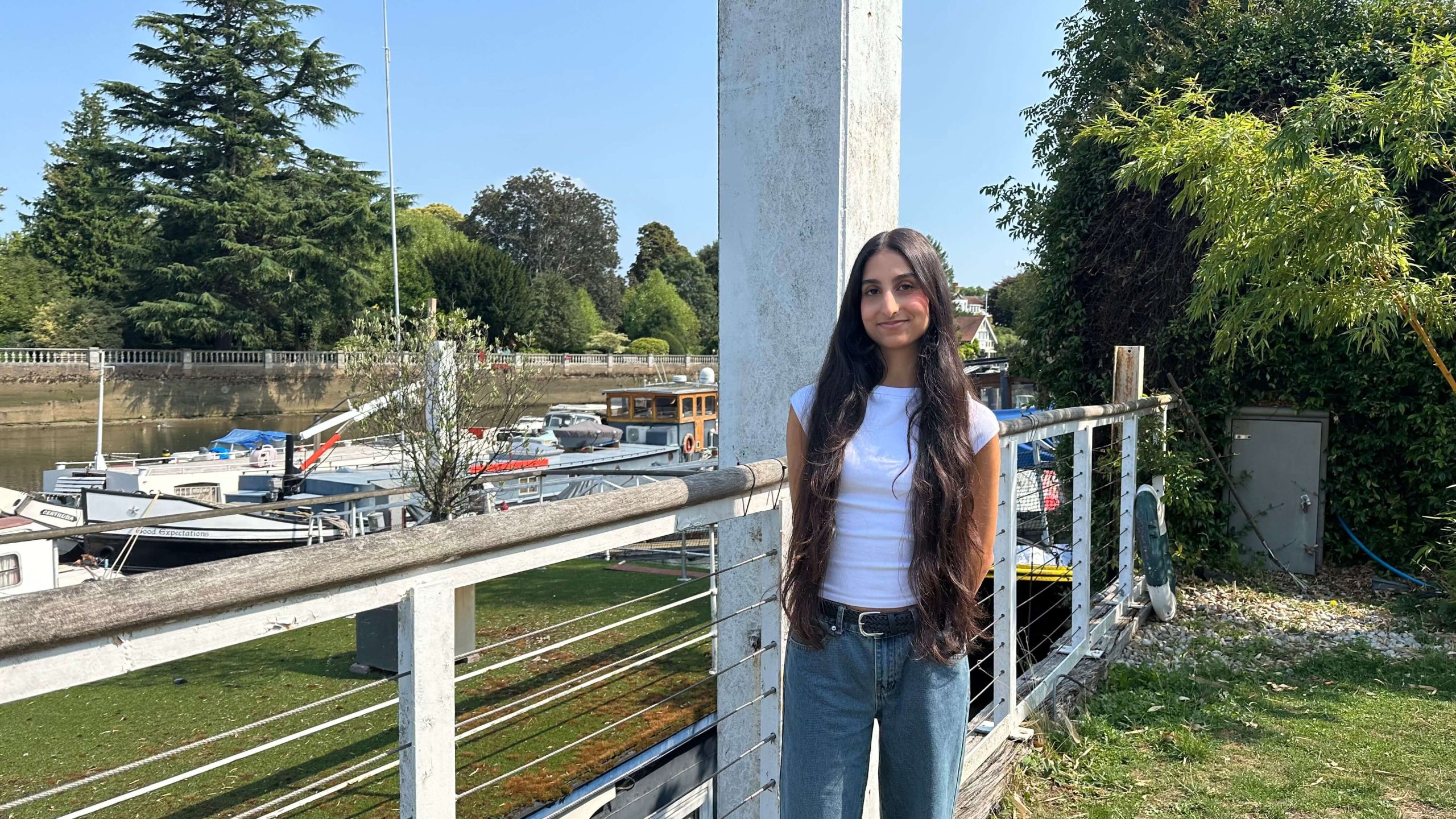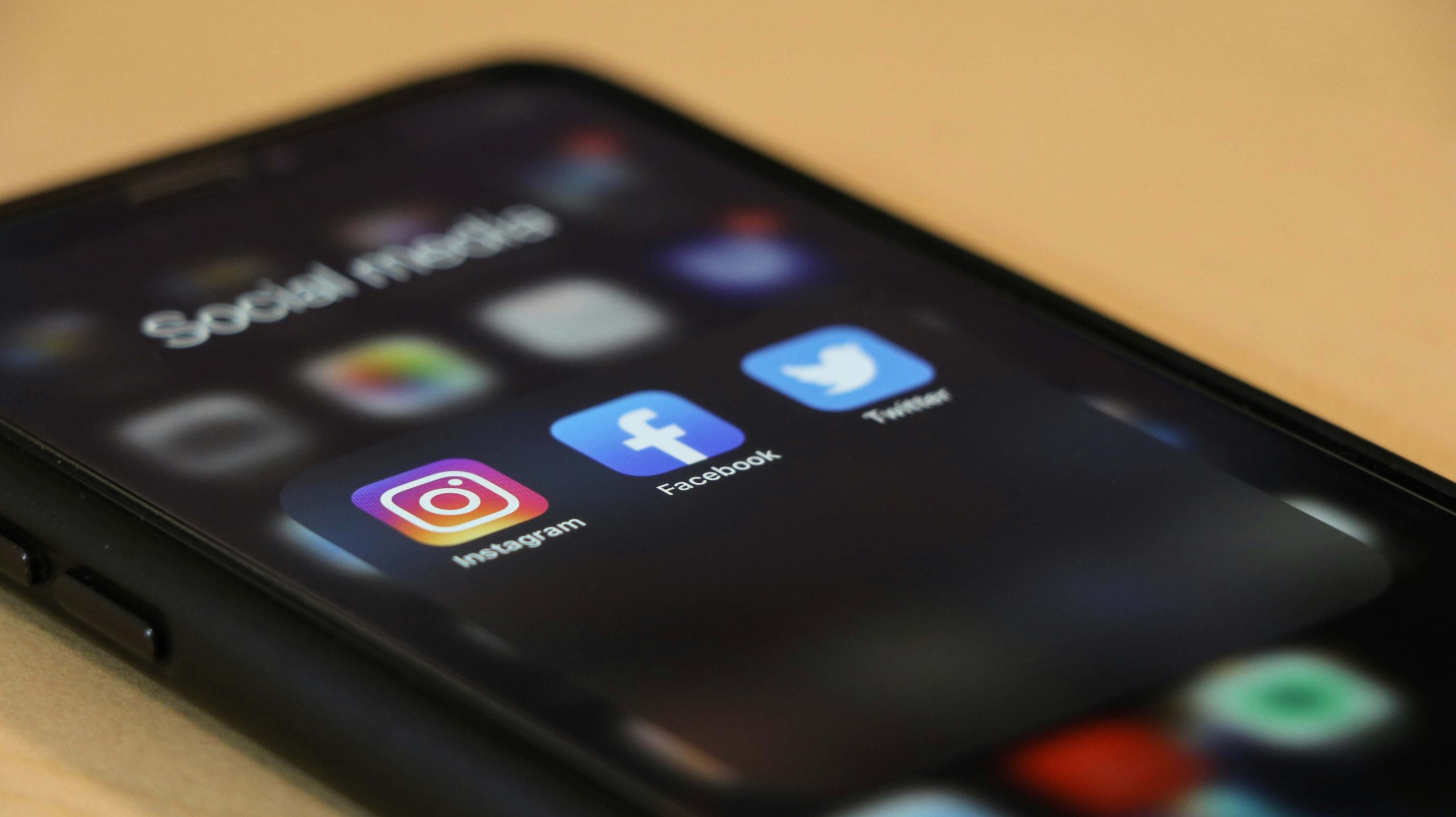Over the last year, I have been very lucky to be part of PR Week’s Creative Mentorship Programme – a fantastic scheme which aims to pair aspiring creatives and PR professionals with industry-experts who’ve ‘been there, done that, and got the awards’. In this blog, I aim to distil some of the key learnings I’ve taken from the experience and show what I learned from brushing shoulders with industry professionals at the top of their game.
Firstly, a bit of background. The scheme is organised by PR Week and run by industry professionals chosen by them. As well as the formal workshops which are organised on a (roughly) monthly basis, there is the mentorship side where you are paired with a mentor who is also another industry professional.
My mentor, Leigh Debbage, was fantastic and I could write a whole blog on some of the lessons I learned from him, however, I am just going to focus on my takeaways from the workshops for this blog.
My Top 3 Takeaways
1. Every good PR/Marketing campaign is rooted in Insight
One of the earlier workshops was around insight and I wasn’t quite sure what to expect going into it. I thought I understood what insight meant but soon realised that what I thought was insight can often be data at the tip of the iceberg… but, as it turns out, a lot more lies beneath: something I’m finding even more after joining The Ripple Effect.
Before this workshop, when I saw the word insight, my mind immediately pictured graphs and statistics such as ‘in the UK we spend an average of 49 hours on TikTok per month’ (a real stat by the way!) or ‘19% of pet parents in the UK say that their pet means more to them than their partner does’ – stats which create narratives that get people talking, and can on their own have great earned media potential.
Some stories, however, benefit from going that little bit deeper and find success not only with a survey, but through integrating wider insights into the campaign.
Take this campaign with Fisherman’s Friend, for example, where the team leveraged Professor Robin Dunbar’s ‘Dunbar’s Number’, combined it with consumer thinking and achieved blanket national and regional coverage.
So what is insight? Well, as I learnt in the workshop, if I had to write the formula, it would look something like this:
Data + Interpretation + Action = Insight
Here’s another example of a campaign by Deliveroo which was rooted in insight and managed to steal the show during a very noisy time for marketing campaigns – Valentine’s Day.
It was coming up to Valentine’s Day 2022 and food delivery company, Deliveroo, wanted to find out more about Brit’s feelings ahead of the season. What they found was that 1 in 4 people said they’d rather spend Valentine’s Day with friends than their other halves. Furthermore, 54% said they’d be happy to ‘third wheel’ a couple on Valentine’s Day, and 37% of couples said they’d enjoy having a third guest at the dinner table.
This data could have made for a press release that might have garnered some pick-up in the press but the creative team at Deliveroo didn’t stop there – they realised there was more they could do.
The took this data to help shape a campaign entitled ‘Third Wheel Kevin’ which looked to poke fun at ‘third wheels’ whilst also highlighting our shifting views on Valentines and how we celebrate it. The result was a widely shared tongue-in-cheek video on Deliveroo’s socials entitled ‘Third Wheel Kevin’, which featured singleton ‘Kevin’ and poked fun at the life of a ‘Third Wheel’.
Wrapping it all up nicely, Deliveroo then offered a special Third Wheel Meal Deal (effectively just a meal deal for 3) during the week which provided something actionable that people could do once they were hooked into the campaign.
Hopefully you can see where each of the elements came together for this campaign – the data (survey) – interpretation (third wheels are a larger group than you might think and is misunderstood) – and action (the Third Wheel Meal Deal) – which resulted in hundreds of thousands of views on social media and international press coverage across National and Consumer media.
Pretty neat, eh?
2. Newsjacking moments don’t come about by chance – they come about through intention and culture
Effective newsjacking campaigns/stunts are one of the hardest types of campaigns to pull off but they can also be one of the most effective when it comes to solidifying your brand’s relevancy and boosting its public profile. Before this topic was covered on the programme, I had looked in awe as I saw brand’s jumping on news items less than 24 hours after the story broke with funny and elaborate stunts that racked up millions of views and numerous pieces of coverage.
What I learnt through the workshop, however, was that these weren’t just down to a keen account exec sitting in front of the news all day but through intention, trust, and the right culture – both within the brand and, if not in-house, the agency that they work with.
That’s because reactive PR relies on a brand that knows who they are so that they can quickly figure out how they can, and should, aim to jump into the narrative or cultural moment they’re trying to tap into.
This is where brands often go wrong – if a brand’s identity and core values are not clear then when it comes to reacting to the news agenda teams will struggle to form a consensus or be too fearful to engage with the topic for fear of being called out for being inauthentic/tone deaf.
A good example of a brand tapping into the news agenda in a fun, engaging, and authentic way is Specsavers.
In response to one of the most awkward moments in the history of the Oscars, where ‘La La Land’ was incorrectly awarded ‘Best Picture’ instead of actual winner ‘Moonlight’, Specsavers decided to react with a cheeky, cross-global, campaign on social media and digital billboards.

This campaign was effective for two reasons. Firstly, it was full of authenticity – the brand is known for their tongue-in-cheek marketing and the ‘Should’ve gone to Specsavers’ tagline is universally recognised in this way.
Secondly, it was so on point – everyone was talking about this moment and therefore the ‘meme’ that Specsavers shared went viral and was incorporated into the already very active conversation around it.
3. The Creative process should always be collaborative and is enriched through diversity
One of the hardest things about good Creative campaigns is having the idea in the first place. The first ever workshop I attended was on the theme of ‘Creativity, so what?!’ and through it I learnt about how some of the top agencies approach the creative process.
The first thing that was emphasised was its collaborative nature. A good creative campaign is like making a good stew – try and cook all the ingredients on their own and you’ll get a pretty bland dish at the end. Put them all in a pot and let the flavours interact and blend and you’ll get a much richer flavour.
This is because we all bring different perspectives and backgrounds to the table and it’s these differences that can add the layers and complexity needed to make a campaign go from ‘okay’ to an ‘award-winning-press-busting-mega-viral-classic’.
In conclusion
Hopefully the above makes sense otherwise I wasn’t paying as much attention as I should have done! In all seriousness though, I am very grateful to PRWeek and the workshop organiser. Also, a huge thanks must go to my mentor, Leigh Debbage, and everyone involved in the scheme, who generously shared their time and insight – all for free I may add which feels more and more extraordinary as the years go by!
If you’ve read this and feel inspired to get involved in the scheme yourself I would highly recommend it. For more information on when the applications for the next cohort open up, make sure to sign up to PR Week’s newsletter and keep an eye on the website.



